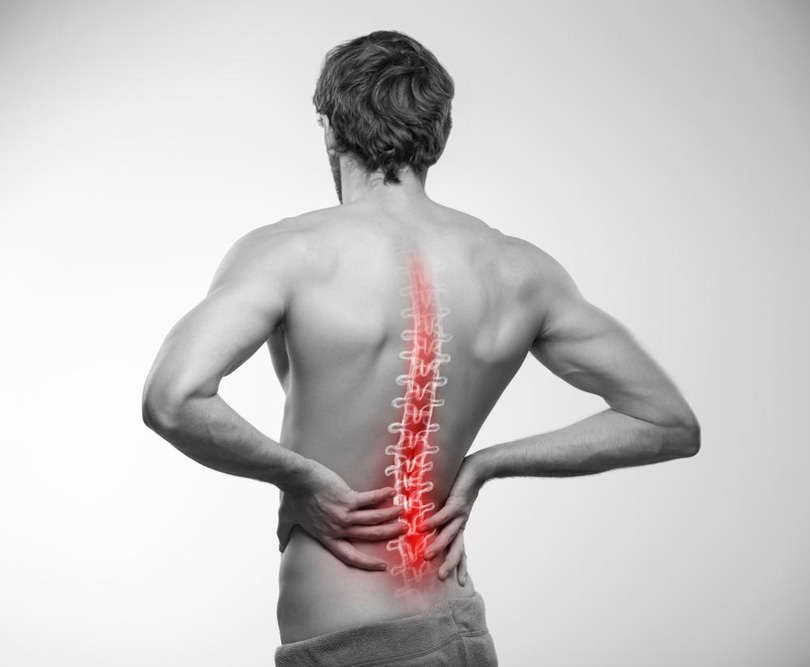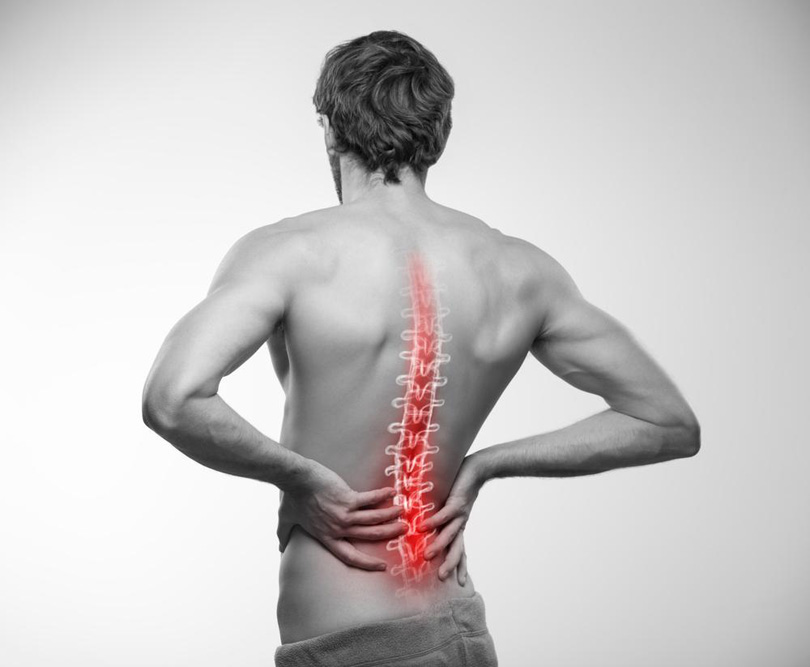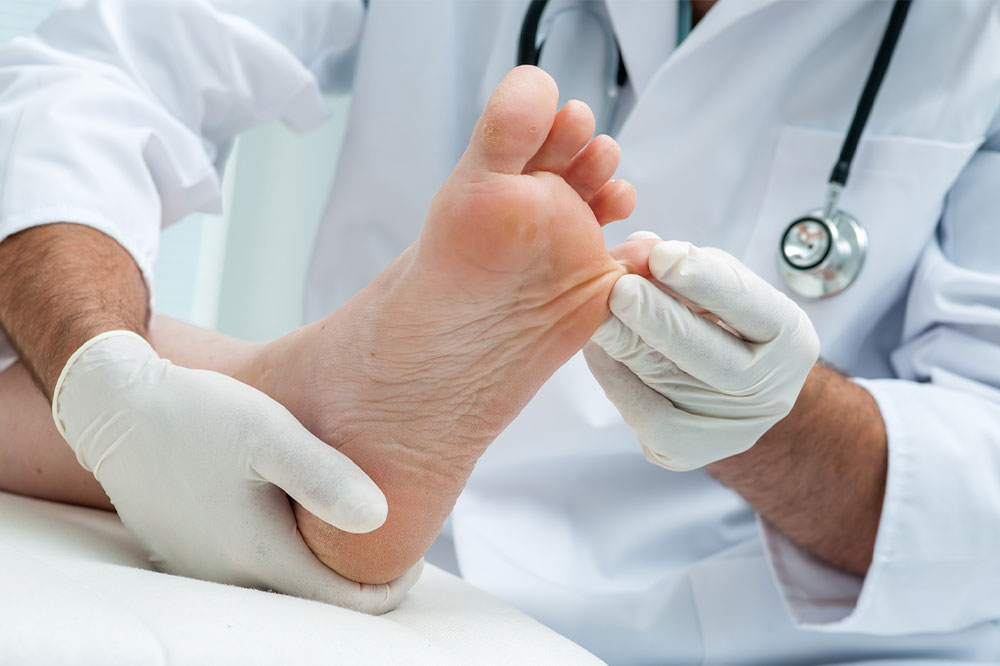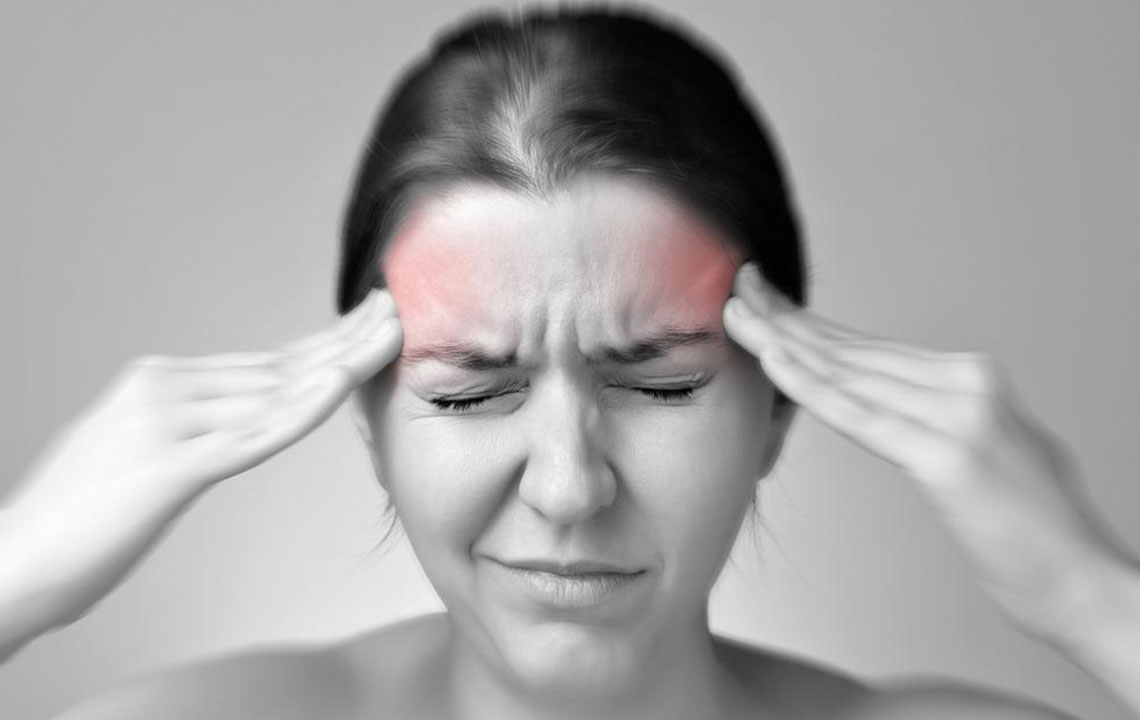Differentiating Lower Back Pain from Kidney Discomfort
Learn how to distinguish between lower back pain and kidney discomfort with clear symptom comparisons. Understand common causes, when to see a doctor, and potential treatments to ensure proper care and avoid complications.

Distinguishing Between Lower Back Pain and Kidney Discomfort
The kidneys sit just above the pelvic bones on either side of your lower back. Pain in this area is often mistaken for general back discomfort. However, kidney pain has specific signs that set it apart. Typically, kidney pain presents as soreness in the lower back on one or both sides, sometimes radiating to the groin or hips. Additional symptoms include nausea, vomiting, fever, frequent and cloudy urination, and sometimes blood in urine. Unlike backaches, kidney pain tends to be dull, localized, and may fluctuate with movement. It can be linked to infections, kidney stones, or polycystic disease, whereas back pain usually stems from muscle strain or injury. If pain persists over a week or is accompanied by fever or urinary issues, prompt medical consultation is essential for appropriate diagnosis and treatment, potentially preventing complications like infections or stone blockages.
Kidney pain vs. back discomfort
Symptoms and causes
When to seek medical help










